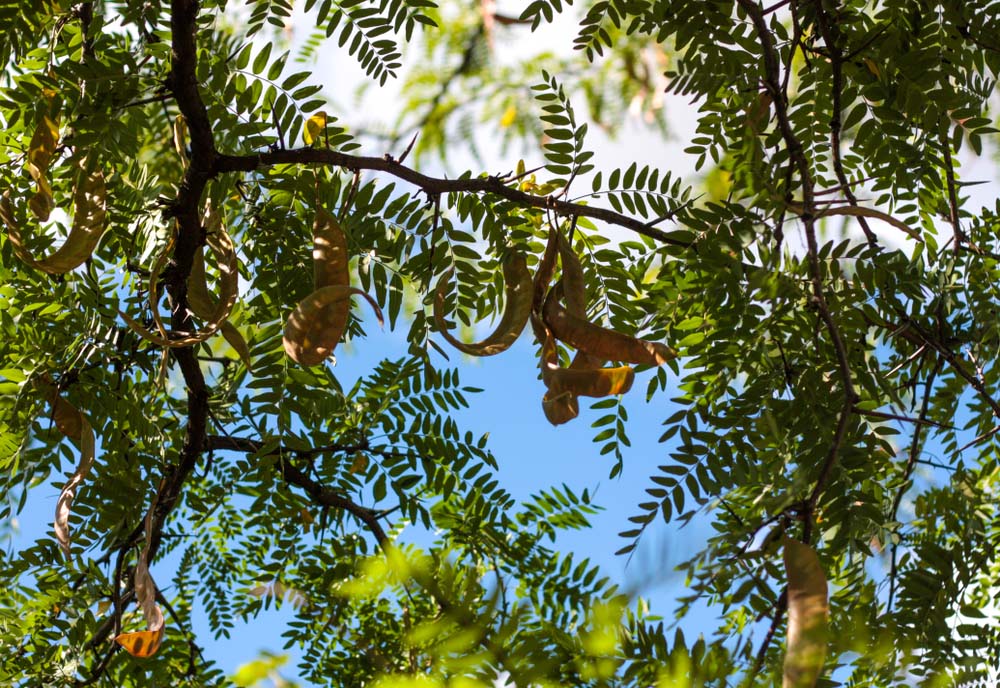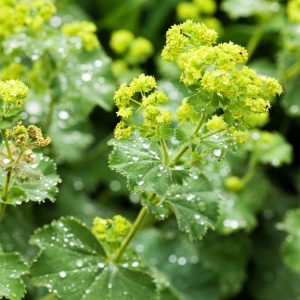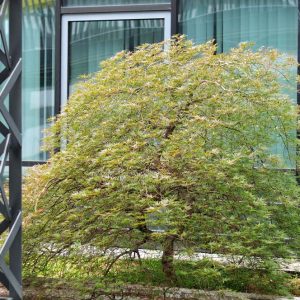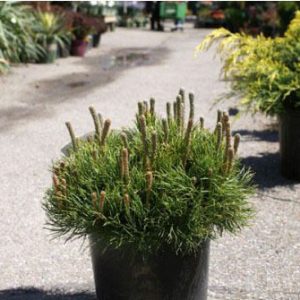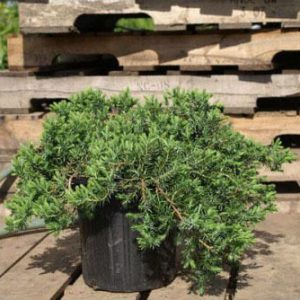Description
Gleditsia – Honeylocust –
There are about 14 species of fast growing, deciduous, usually thorny trees, in this genus. They occur in woodland in Central and Eastern Asia, North and South America, and tropical Africa. They are grown for their elegant, broadly spreading form and pinnate or bi-pinnate, fern like leaves, which are alternately. The inconspicuous racemes of small, greenish white flowers often produce unusual, large, twisted, pendent seed pods come of which contain a sweet pulp. The trunks and branches of most species are armed with simple or branched thorns. Grow Honeylocust as specimen trees.
G. triancanthos – This is the most commonly grown species, It is a spreading, deciduous tree from Central and Eastern North America and in the wild it can reach 100-150′ feet tall and 70′ feet wide, but usually less in gardens. It has a thorny trunk (sometimes dangerously so) and shoots, the thorns branched and 3-12″ long. It produces glossy, dark green leaves, to 10″ long, turn yellow in autumn, and are pinnate, with 14-24 leaflets or bi-pinnate, with 4-16 pairs of oblong-lance shaped leaflets. In autumn it bears pendent, sickle shaped, twisted black seed pods, to 18″ long and 1 ½” wide.
‘Shademaster’ –
grows 45′ feet tall and is fast growing with more upright, branches and is
broadly conical and is nearly podless
Grow in any fertile, well drained soil in full sun and will tolerate poor drainage and pollution.
zones 3-7

